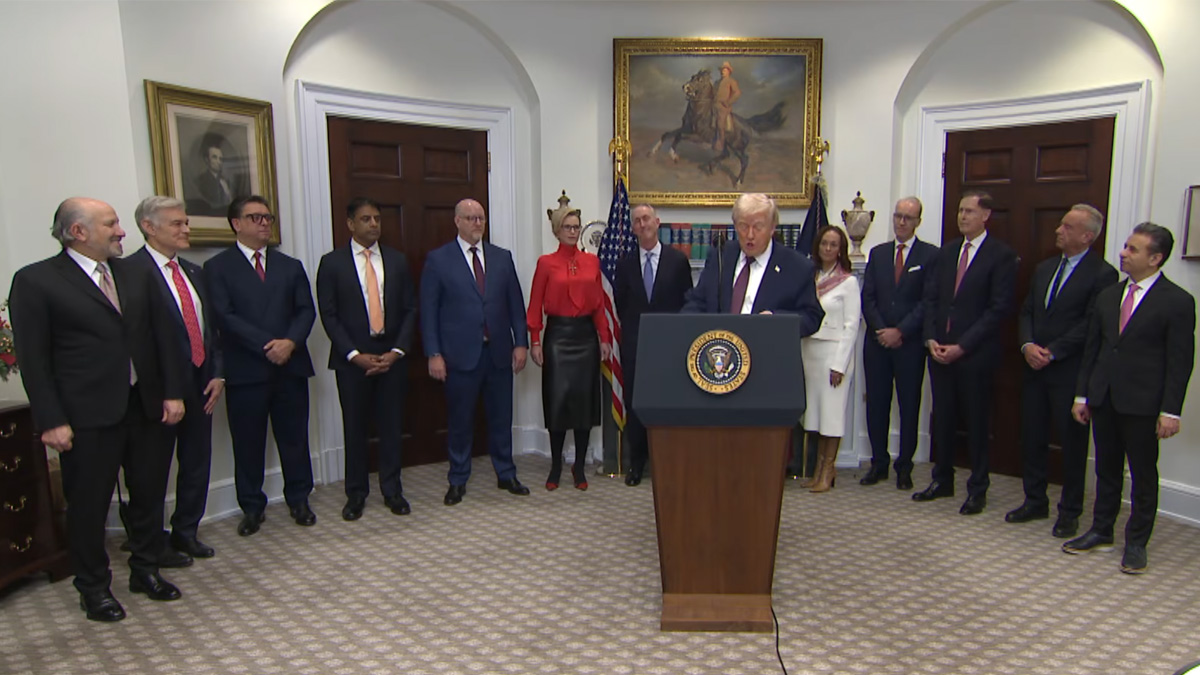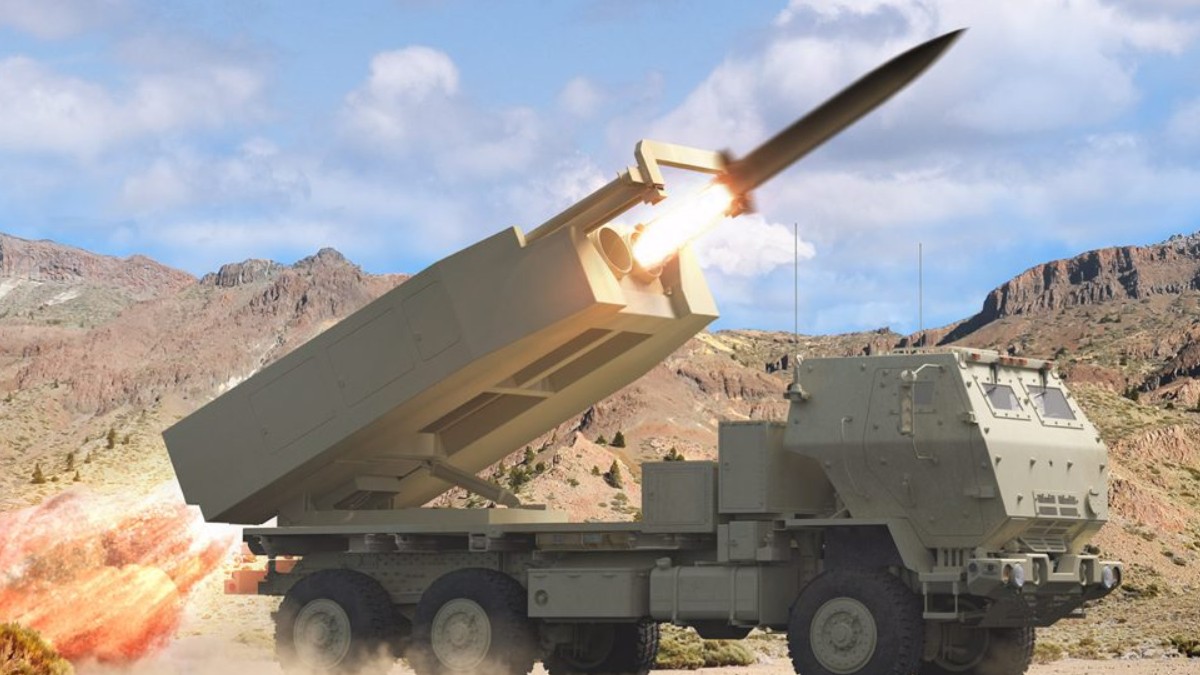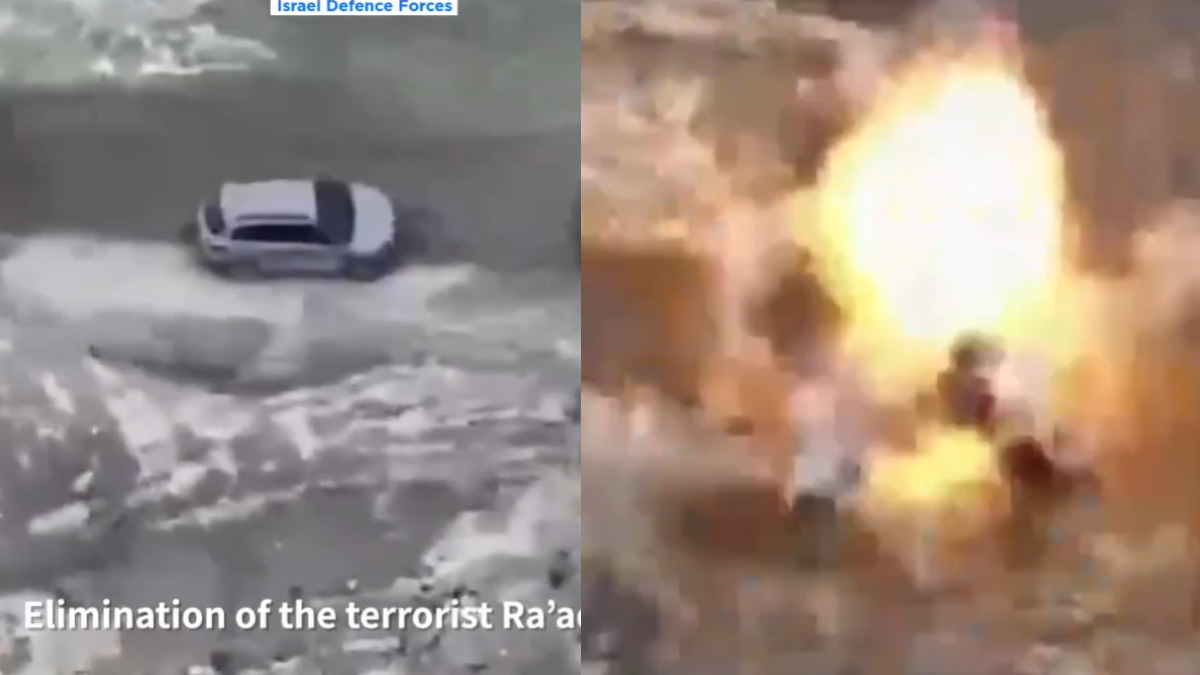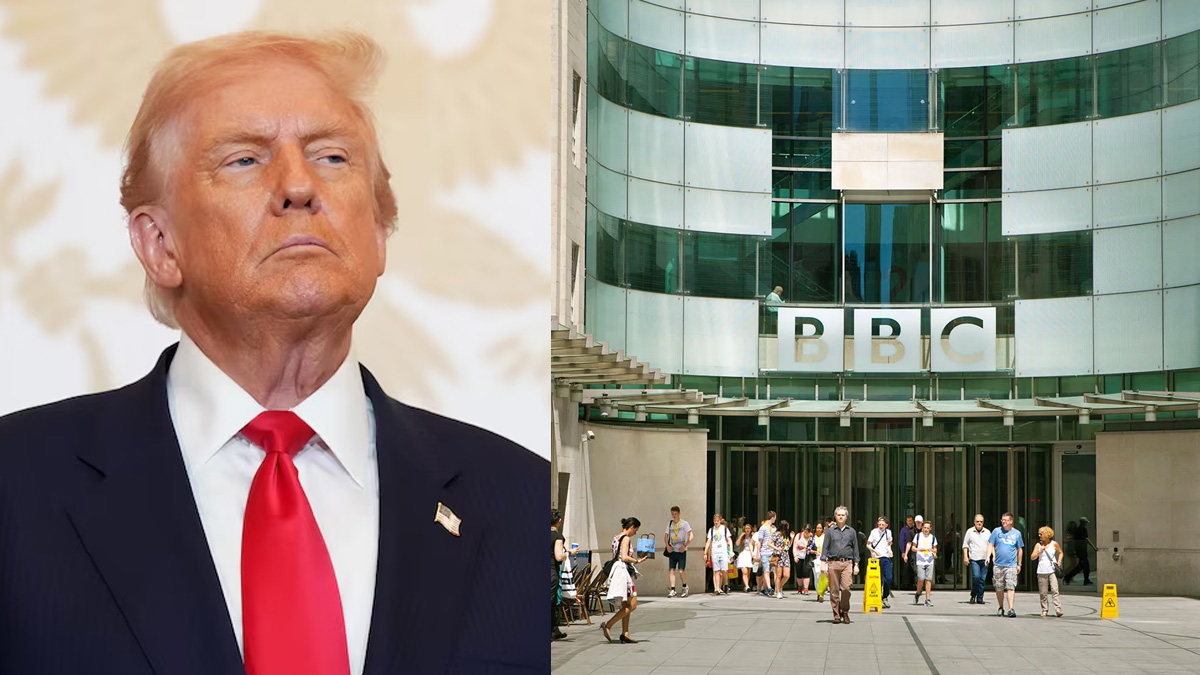Israel-Iran conflict intensifies as missile exchanges escalate and Trump demands “unconditional surrender”
Israel and Iran exchanged missiles for a sixth consecutive day on 18 June, escalating into some of the most destructive strikes in years. Israel targeted Tehran’s military infrastructure, while U.S. President Donald Trump demanded Iran’s “unconditional surrender,” fuelling uncertainty about American involvement.

- Israel and Iran exchanged missiles for a sixth day on 18 June, with Israel striking military sites in Tehran.
- U.S. President Trump demanded Iran’s “unconditional surrender,” while Washington considered military options.
- Civilian casualties are mounting, with 224 reported dead in Iran and 24 in Israel.
The conflict between Israel and Iran intensified on 18 June 2025, marking the sixth consecutive day of missile exchanges. Israeli forces confirmed multiple Iranian launches targeting cities including Tel Aviv.
In retaliation, Israel carried out strikes on military sites in Tehran, hitting a university linked to the Revolutionary Guards and the Khojir ballistic missile complex. Iranian media described the attacks as among the most destructive on the country’s soil in recent years.
The Israeli Defence Forces (IDF) ordered evacuations in parts of Tehran before launching targeted bombings.
Trump calls for “unconditional surrender”
U.S. President Donald Trump escalated rhetoric against Iran, calling for Tehran’s “unconditional surrender” in a message posted on his Truth Social platform.
While saying the U.S. had no plans “for now” to eliminate Supreme Leader Ayatollah Ali Khamenei, Trump wrote: “We know exactly where the so-called ‘Supreme Leader’ is hiding. UNCONDITIONAL SURRENDER!”
Trump’s remarks further blurred Washington’s position. His administration has oscillated between threatening Iran with direct military action and maintaining guarded diplomatic channels.
U.S. weighs military options
Reuters reported that White House officials are considering joint operations with Israel against Iran’s nuclear infrastructure. Trump spoke with Israeli Prime Minister Benjamin Netanyahu on 17 June and later held a 90-minute National Security Council meeting.
The U.S. military has bolstered its presence in the region by deploying additional fighter jets and extending missions. To date, American involvement has been limited to aiding in the interception of missiles aimed at Israeli territory.
Rising civilian toll
Iran’s health authorities said at least 224 people, mostly civilians, have been killed in recent strikes. Israel confirmed 24 civilian deaths.
Mass evacuations are underway on both sides as residents flee areas under imminent threat. Humanitarian concerns are rising, particularly in Tehran and Tel Aviv, where missile barrages have disrupted essential services.
Strike on Iranian broadcaster
On 16 June, Israel struck the headquarters of IRINN, Iran’s state broadcaster, during a live transmission.
Anchor Sahar Emami was seen leaving the set moments before an explosion interrupted the broadcast. A staff member was confirmed killed, according to the BBC. Israel described the building as a “communications centre of the Iranian regime.”
Iran’s foreign ministry condemned the attack as a “war crime.” Al Jazeera reported that IRINN is the most-watched domestic channel in Iran, as restrictions limit access to foreign media.
Energy market concerns
The conflict has rattled global oil markets. A strike on the South Pars gas field, which Iran jointly operates with Qatar, has heightened concerns over energy supplies. Analysts warn that prolonged fighting could severely disrupt global oil and gas flows.
Nuclear infrastructure hit
The International Atomic Energy Agency confirmed that Israeli strikes damaged underground enrichment halls at Natanz.
Iran insists its nuclear programme remains peaceful and within the framework of the Non-Proliferation Treaty (NPT). Israel, not a party to the treaty, has neither confirmed nor denied possessing nuclear weapons.
Military analysts suggest Israel has established air superiority over Iran but note that deeply fortified nuclear facilities such as Fordow remain difficult to reach without U.S. involvement.
Iran’s leadership under strain
Reports indicate that several senior military and security advisers to Ayatollah Khamenei were killed in airstrikes, a blow to Iran’s command structure. Cybersecurity authorities in Tehran have restricted officials’ device usage to prevent further breaches.
Observers note that Khamenei’s influence has weakened since the Hamas attack on Israel on 7 October 2023 triggered the Gaza war. Iran’s regional proxies—including Hezbollah and the Houthis—have since sustained heavy losses.
Further isolation followed the ousting of Syrian President Bashar al-Assad, one of Tehran’s staunchest allies.
Netanyahu vows to neutralise Iran’s nuclear capability
Prime Minister Netanyahu has pledged to continue operations until Iran’s nuclear capacity is fully neutralised.
Trump’s public stance suggests that a possible settlement may hinge on Iran accepting strict limitations on uranium enrichment.
At the G7 summit in Canada, UK Prime Minister Keir Starmer said there was “no indication” of imminent U.S. entry into the conflict, despite Washington’s growing military presence.
Continuing crisis in Gaza
Alongside the Israel-Iran confrontation, violence in Gaza continues. The Palestinian news agency Wafa reported that Israeli forces killed 56 Palestinians on 18 June, many during what it described as a massacre at an aid distribution site managed by the U.S. and Israeli-backed Gaza Health Foundation.
Gaza’s health ministry confirmed that dozens of casualties were brought to the Nasser Medical Complex, adding to the enclave’s deepening humanitarian crisis.








0 Comments